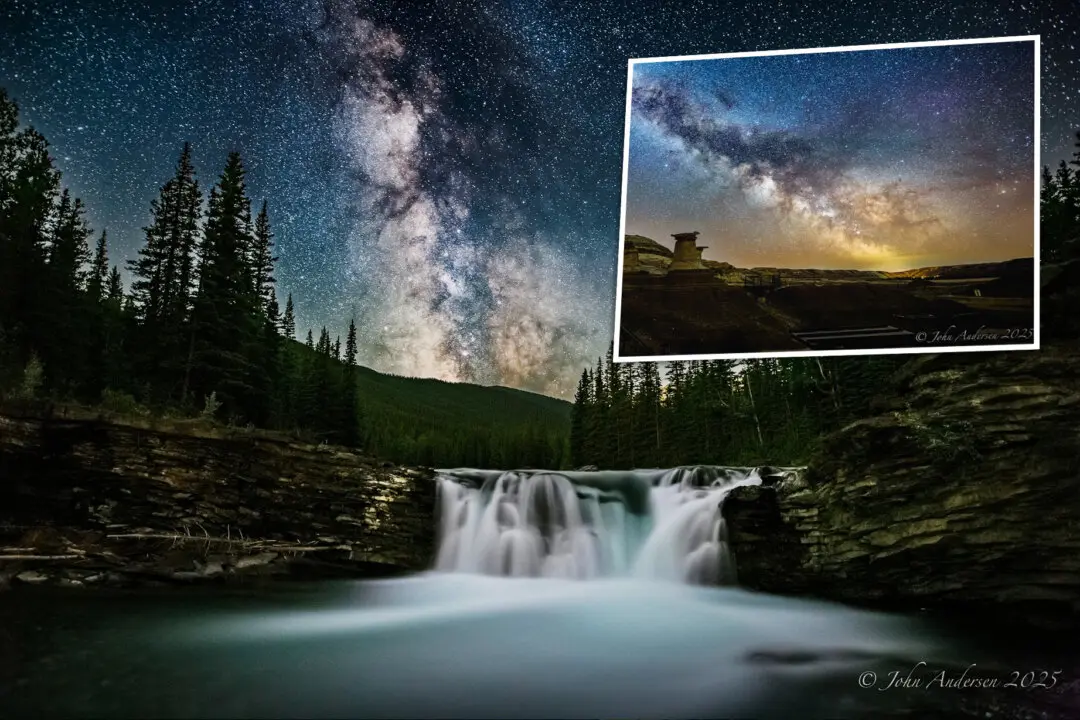An archeological dig in Buckinghamshire is dredging up artifacts from England’s remote past—ahead of a high-speed rail that’s laying the groundwork for UK’s rapid land-transportation future.
Researchers from high-speed rail project HS2 unearthed at Stoke Mandeville a set of remarkable Roman busts from beneath what was once a Norman village church. The HS2 research team are calling the find “uniquely remarkable for us as archaeologists” and a “once-in-a-lifetime” discovery.






